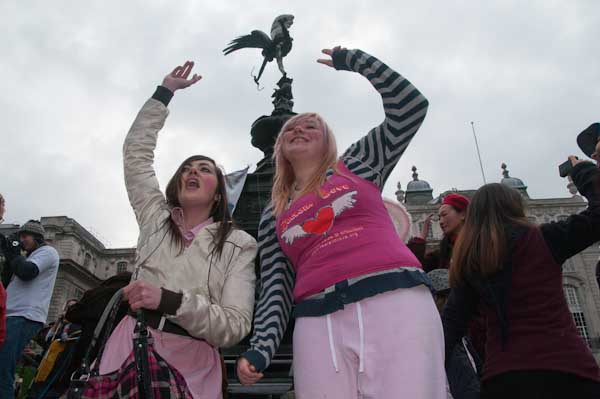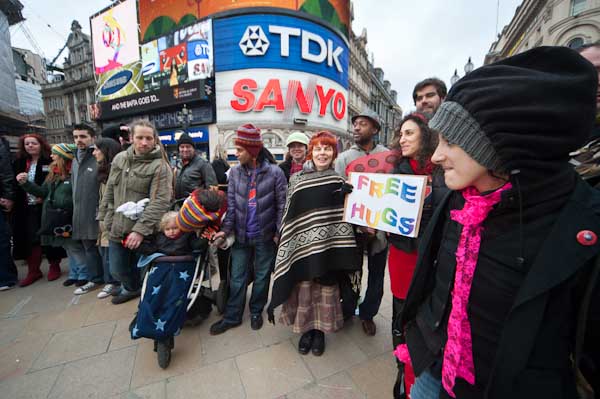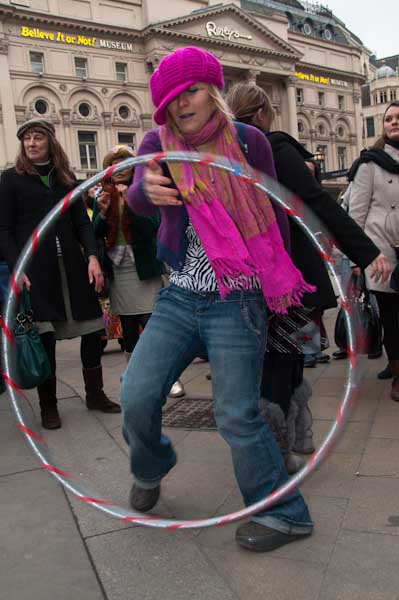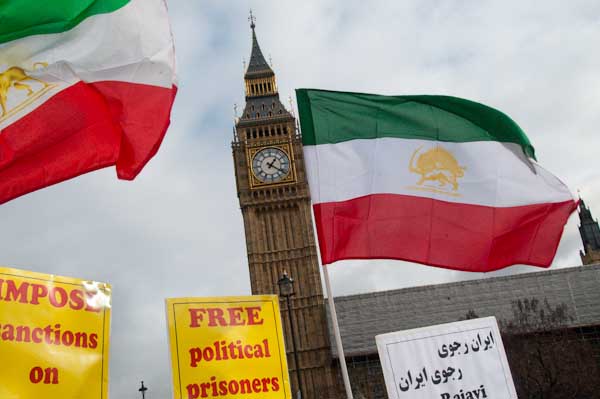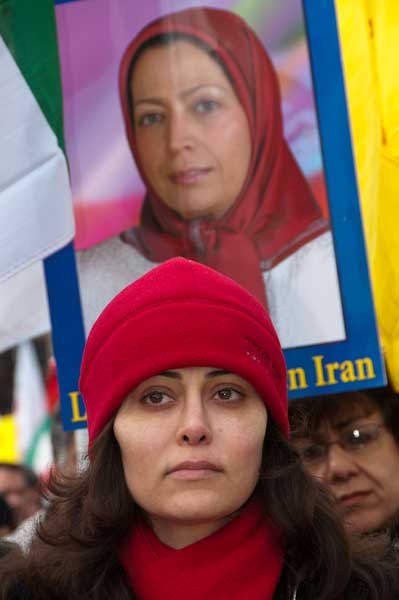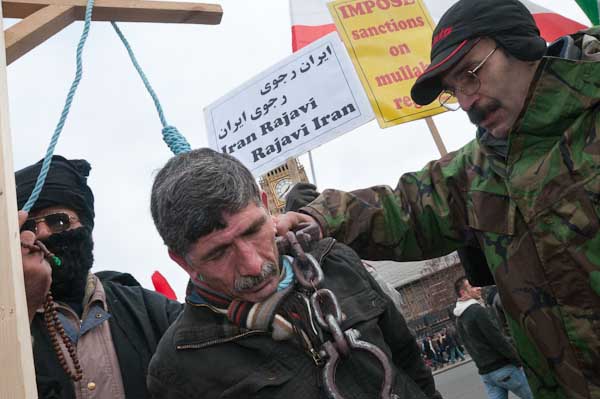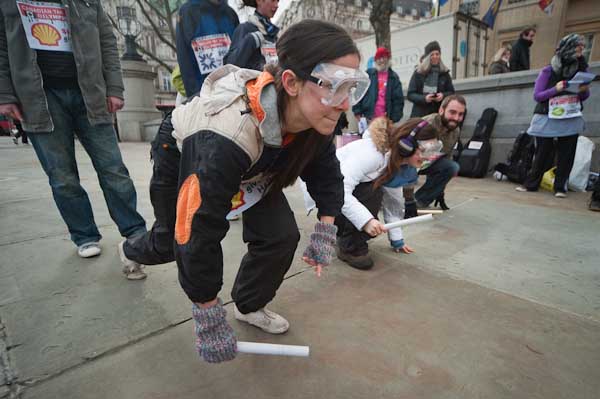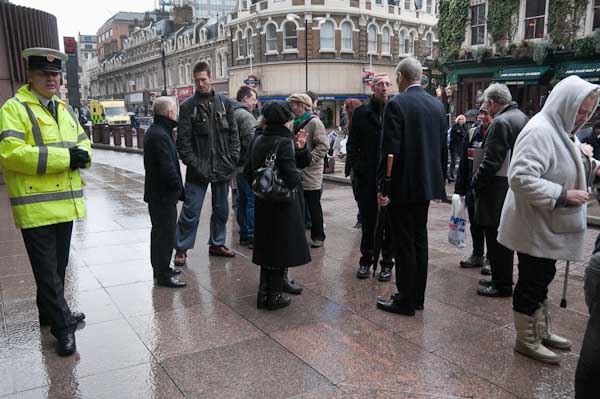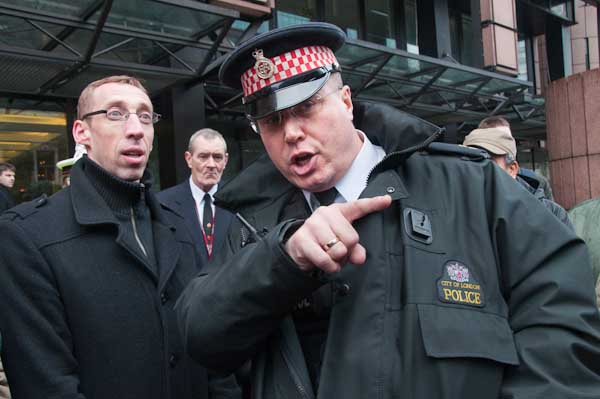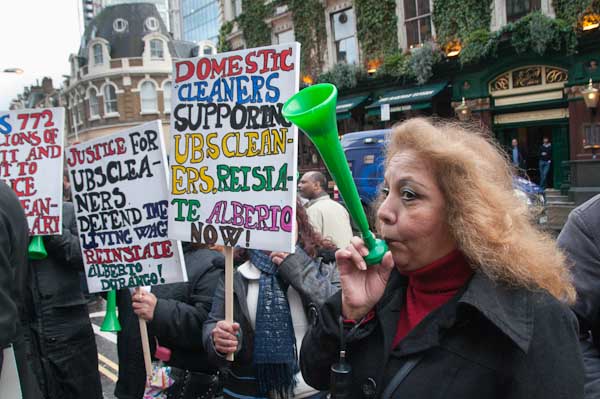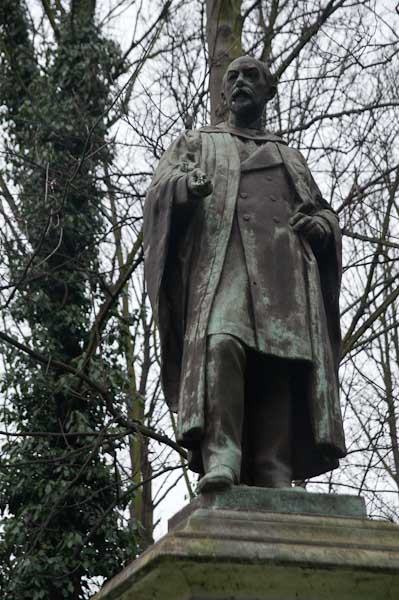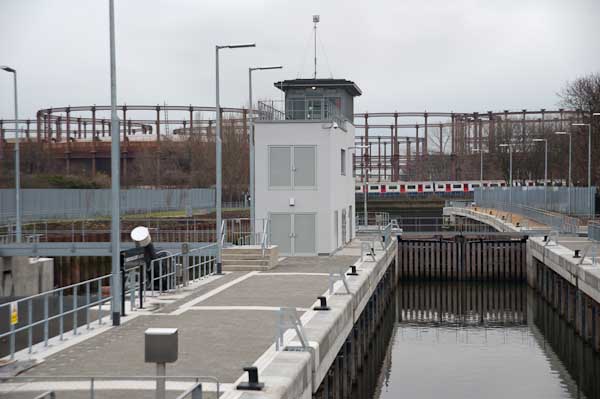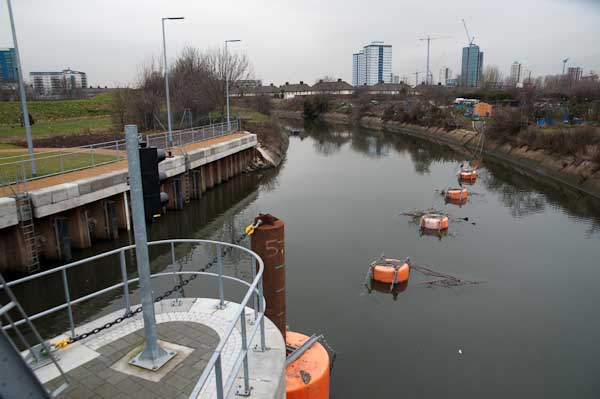I’m not sure when I first went to Soho to celebrate the Chinese New Year, but the first pictures I’ve been able to find are from 1998, when I took pictures in both black and white and colour.

China Girl, Chinese New Year in Chinatown, Soho, London, Feb 1 1998
It’s quite likely to have been my first visit there, as for the previous ten years or so I was spending most of my time photographing the buildings of London, and the relatively rare days of good light during the winter were especially important in visiting some of the more suburban and leafier areas of the capital, which in spring and summer get hidden by a screen of green leaves.
In summer too the sun is higher in the sky and often the lighting is less interesting for these pictures – although I tried to avoid pictures that were just about lighting.
So in those years my photographs of events were largely around those in the summer and the warmer weather does seem to make people more outgoing.
Not that I gave up my pictures of London buildings for summer, but tended to work more in the central areas where trees were less of a problem. And there were more days where the weather was favourable.
If you want to see what the web looked like in 1996, the site I built then with some of these London Photos is still on line (I added some pictures the following year and sorted out the code a little later when HTML and browser changes made it necessary, but essentially it remains a vintage 1996 web site.)
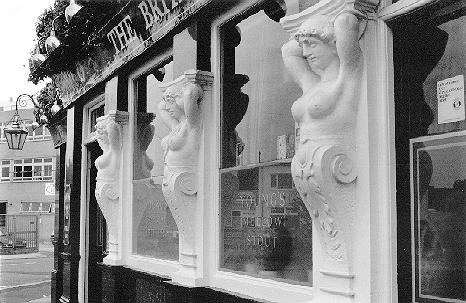
This Victorian pub in Barking with a splendid frontage closed on 11 Oct 2009
when landlords Rita & John retired and Youngs sold it. Photo August 1995.
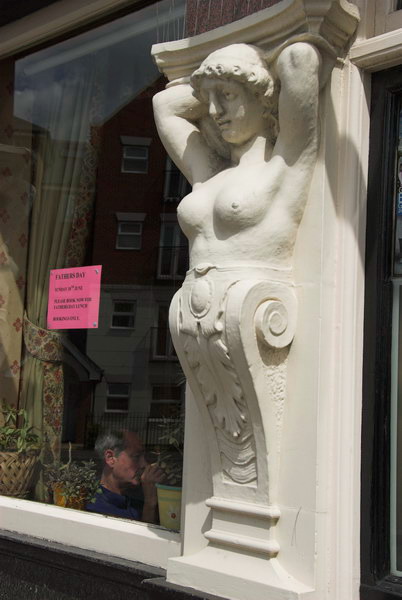
And the pub much the same in 2006 – though the area around it had changed.
More pictures from Barking and the River Roding in 2006
The scans I made then sometimes look rather poor now – they include some excellent examples of moire and have a rather ‘dotty’ effect. Scanners have improved and software too, but the big difference is in download speeds. The 466px by 303px jpeg above was trimmed down in size to 34Kb but still took a few seconds to load. Nowadays I’d happily make it 80Kb and it would load in a fraction of the time.
Most years since 1998 I’ve gone back to photograph Chinese New Year and the celebrations had a considerable growth when Ken Livingstone was Mayor. Chinatown was crowded in 1998, but now an even larger area of central London heaves with people making movement difficult.
But my main reason for not going today isn’t the crowds but that the pictures that I’ve taken more recently seem just to repeat those I’ve taken in earlier years. As I wrote last year (and illustrated with a few pictures)
Its certainly a spectacle worth seeing, but Ive seen it before and photographed it many times and dont feel a need to repeat the experience.
So I’ll spend the day at home, making some new black and white prints of old work and perhaps on the several web sites I’ve been promising to update for some years.
